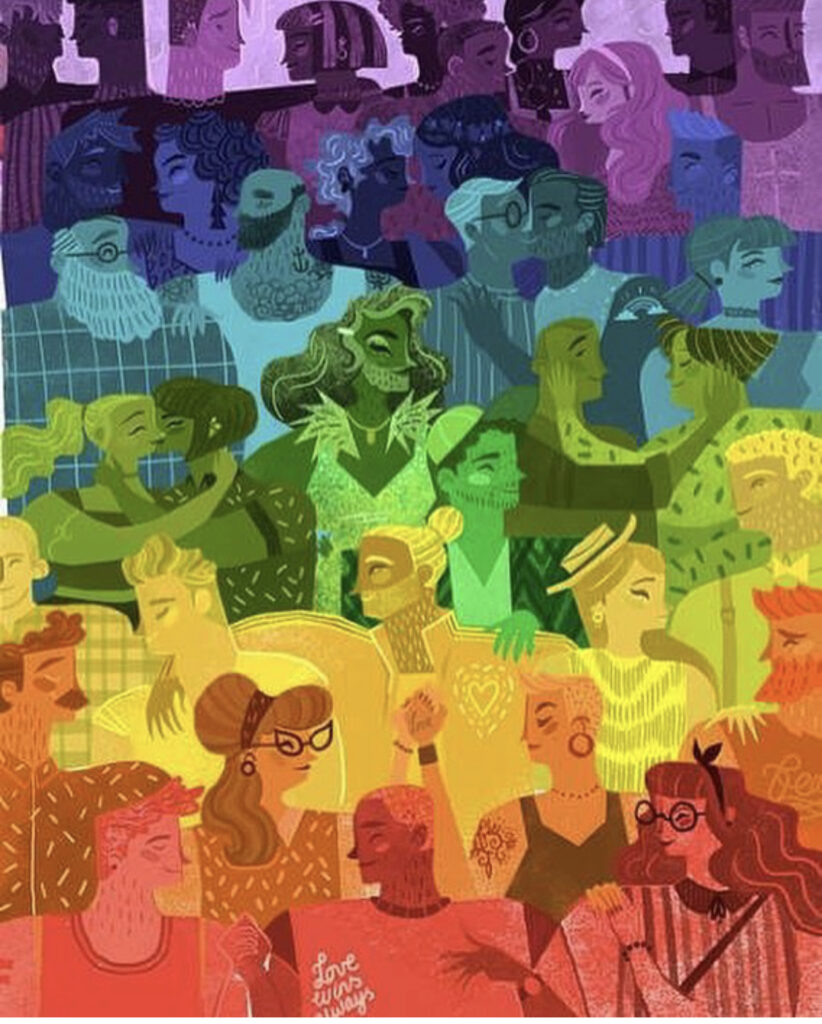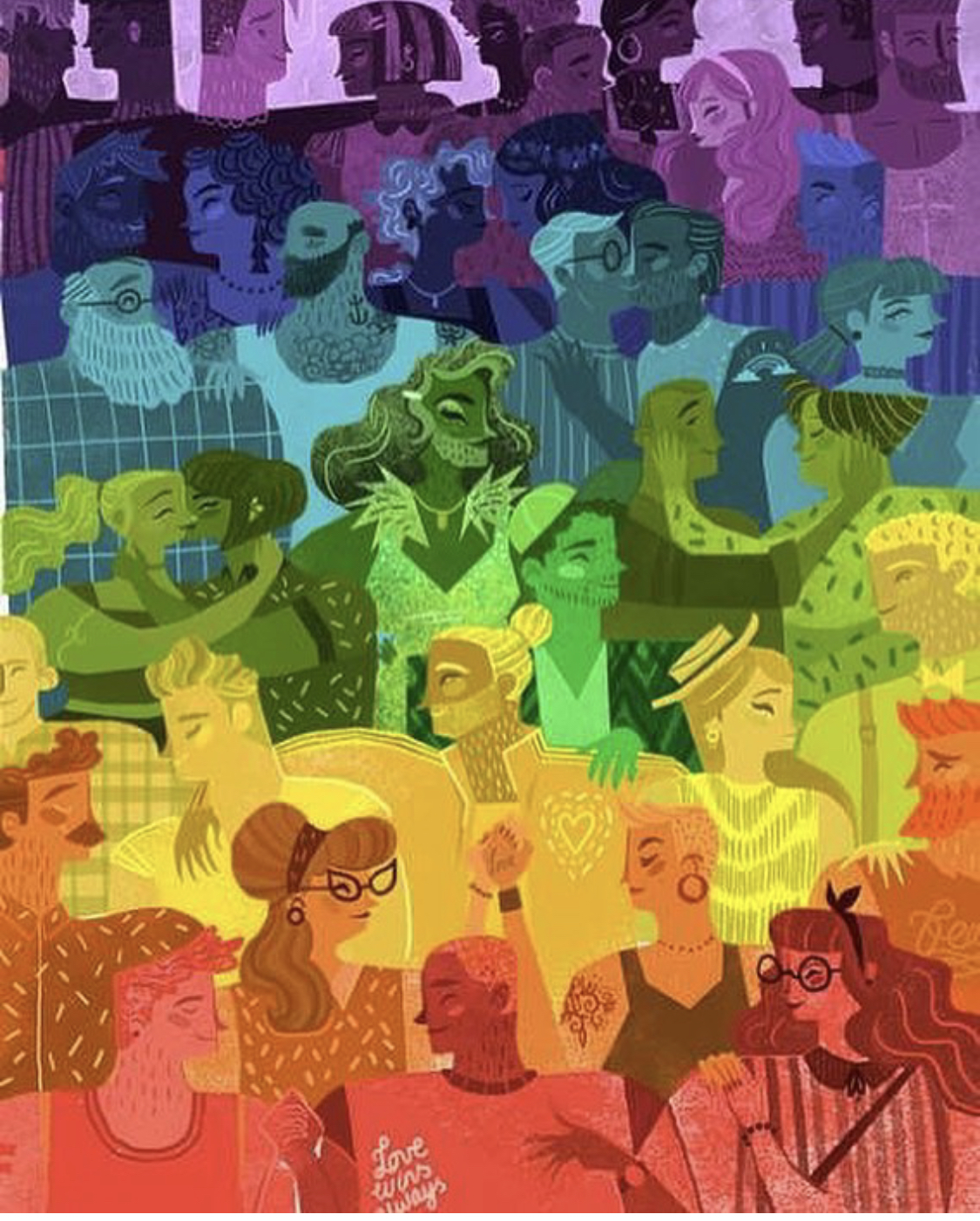
The month of June denotes the culmination of the Stonewall Riots and marks a significant milestone for the LGBTQIA+ community. Every year, the community and its allies celebrate and express their solidarity by participating in Pride marches, adorning rainbow colors, and hosting fundraisers for their upliftment. However, institutions of capitalism show a sudden overwhelming amount of allegiance with an outpour of rainbows. This annual phenomenon has been termed “Rainbow-Washing.”
The Urban Dictionary definition of Rainbow-Washing states that it is the act of using or adding rainbow colors and/or imagery to the advertising, apparel, accessories, and landmarks to indicate progressive support for LGBTQIA+ equality (and earn consumer credibility) but with a minimum of effort or pragmatic result. It is an opportunistic marketing gimmick where corporates slap rainbows over their logos and claim allyship to monetize over a historically discriminated community.
This cause-based marketing targets a multi-millionaire dollar audience, the LGBTQIA+ community, and their immense purchasing power known as “Pink Dollar.” Popular clothing brands introduce Pride merchandise and companies promptly “change colors” by adopting the rainbow in their logos and display ambiguous advertisements coded with queerness only during Pride Month.
Is a greeting card with “Love is Love'” written on it in rainbow colors enough to represent the years of oppression and violence suffered by the LGBTQIA+ community?
While it is true that prominent organizations exhibiting support are beneficial for the representation of the community, the true essence of allyship is diluted by their self-serving consumerism to benefit over a movement.
With the scrapping of Section 377 in India and legal recognition of the LGBTQIA+ community, the capitalist strategists grasped this opportunity to exploit this newly accepted demographic. They seek to portray themselves as radically relevant to their clientele, which is largely constituted of socially aware youth who would, in turn, reward these companies monetarily for their pseudo-activism.
It should be noted that several companies who paint themselves in rainbow colors donate a part of their profits from their Pride sales to LGBTQIA+ charities. However, research has shown that not all organizations indulge in such benefaction. Those who donate also do not contribute their entire shares. Why is it that multi-millionaire dollar companies can only afford to grant a fraction of their profits to the community on which their campaign was based?
In an attempt to cater to the woke masses, companies insist that they support an inclusive workspace and highlight employees belonging to the queer community only when convenient. Certain brands show selective publicity in different political and geographical regions, showing enthusiastic endorsement for LGBTQIA+ in one area and downplaying the same in a region where the community is still under scrutiny.
Their token activism is detrimental towards the spirit of Pride Month and the history of the community it represents. Waving rainbow flags on our faces and selling expensive t-shirts with Pride glittered all over is a façade to show that they are progressive and tolerant. This surface-level support is not meant to show fidelity towards the LGBTQIA+ community; instead, it intends to profit over them and mutates their celebration of love into a trend.
The true nature of such corporates can be tested in how they put their allyship to action when the spotlight on the community shifts. Their consistency can be seen in whether they improve their company policies to create a safer and bias-free workplace for the LGBTQIA+ community, how they handle controversies and workplace sexual harassment faced by them, and if they provide equal job opportunities to all members of the community.
The Pride flag is not a mere prop or a decorative item; it symbolizes the struggles of a community that has been suppressed for long. Life for them hasn’t always been rainbows and unicorns. The use of this symbol for corporate benefit dismantles years of effort put in to include them in mainstream society.
Rainbow-Washing is a practice that must be carefully governed to ensure that the very essence of the movement isn’t reduced to lining the pockets of the already rich at the expense of a community. True colors are only revealed when the flags are lowered.
Written by Anushka Das for MTTN
Edited by Shivangi Acharya for MTTN
Featured Image by Mark James Mountford
Artwork by Mara Drodzova


Leave a Reply
You must be logged in to post a comment.